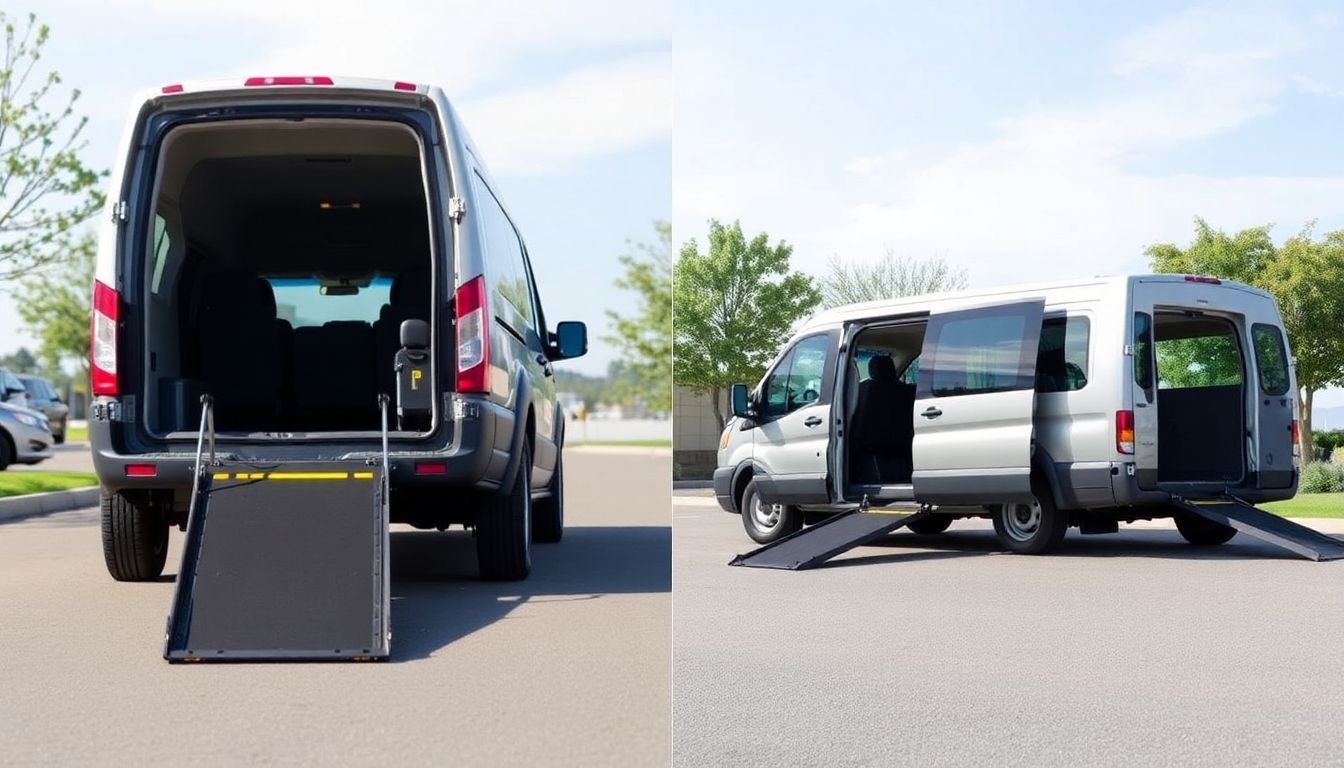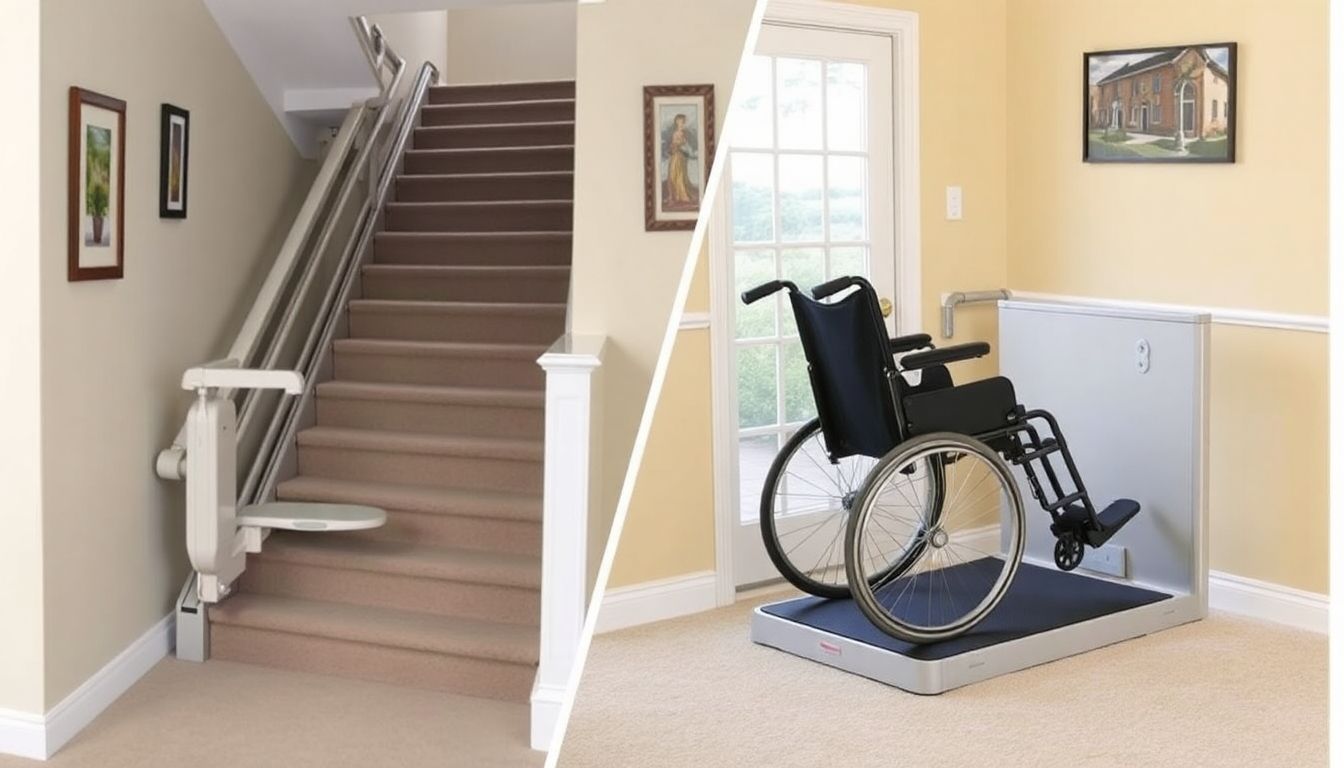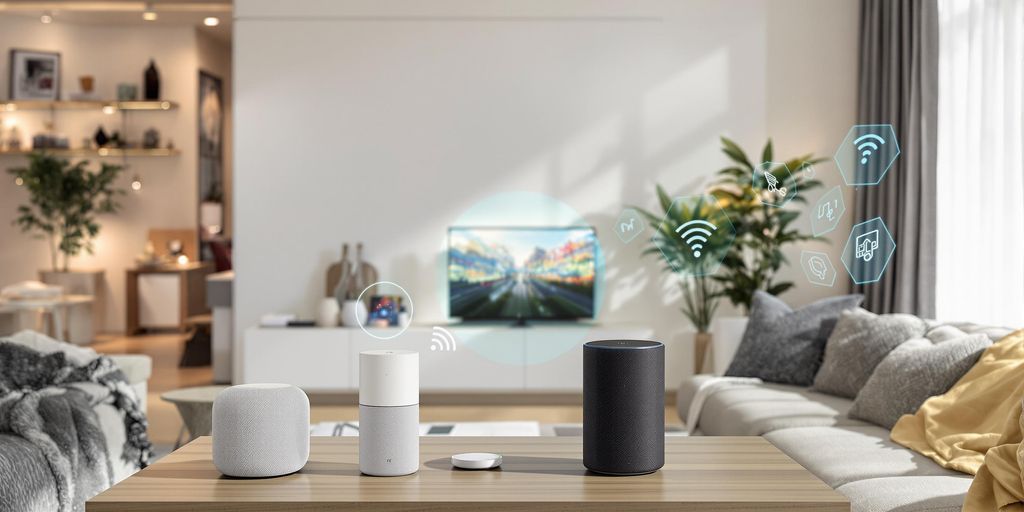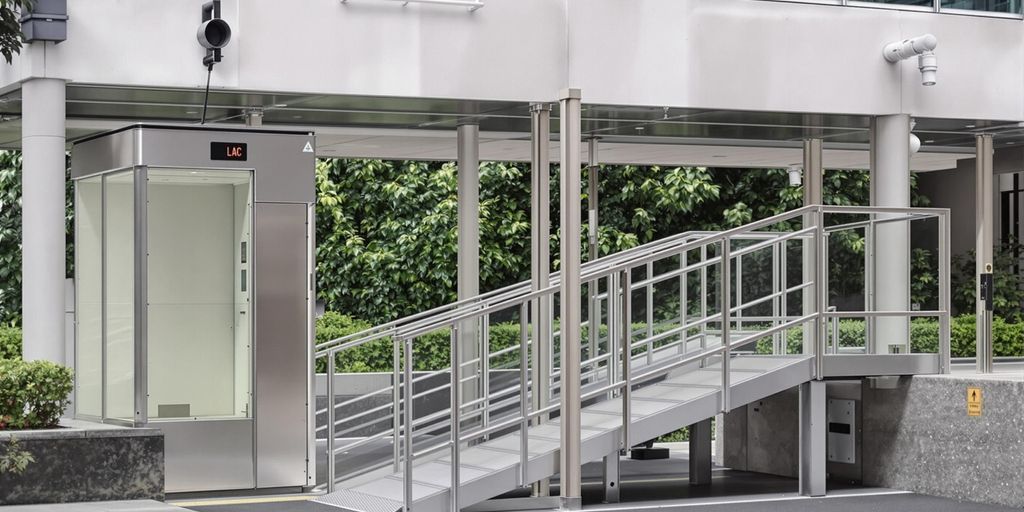Breaking Down Home Elevator Maintenance Costs in Dalton

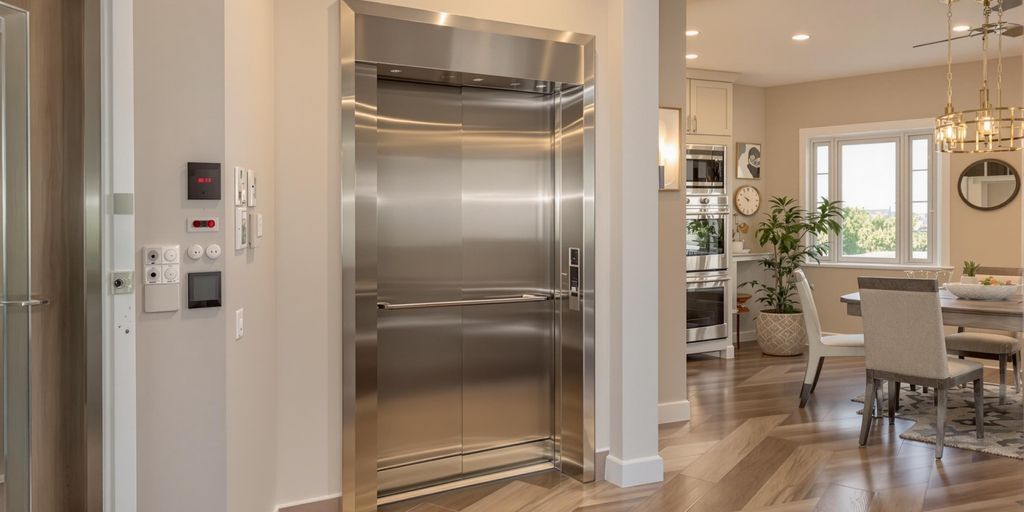
Home elevators are becoming more common in Dalton, offering convenience and accessibility for homeowners. But like any mechanical system, they require regular care to keep running smoothly. Understanding the costs involved in maintaining a home elevator can help you plan better and avoid unexpected expenses.
Key Takeaways
- Regular maintenance prevents costly repairs and ensures safety.
- Factors like elevator type and usage affect upkeep costs.
- Hiring certified technicians can save money in the long run.
- DIY maintenance has limits—know when to call a pro.
- Budgeting for annual and surprise expenses is essential.
Understanding Home Elevator Maintenance Costs in Dalton
Factors That Influence Maintenance Costs
Several factors can shape how much you’ll spend on maintaining a home elevator in Dalton. Here’s what to consider:
- Type of Elevator: Hydraulic, traction, or pneumatic systems have different maintenance needs and costs.
- Usage Frequency: Elevators used daily require more frequent check-ups compared to those only used occasionally.
- Age of the System: Older systems may need more repairs or part replacements, driving up costs.
Common Repairs and Their Expenses
It’s good to know what repairs might pop up and how much they could cost. Here are a few common ones:
- Replacing worn cables or belts – typically $200 to $500.
- Fixing electrical issues in the control panel – expect around $300 to $800.
- Door mechanism repairs – this can range from $150 to $600.
Regular upkeep can help avoid these expenses piling up all at once.
How Regular Maintenance Saves Money
Investing in regular maintenance can actually save you a lot in the long run. Here’s why:
- Prevents costly breakdowns by catching small issues early.
- Keeps the system running efficiently, reducing wear and tear.
- Extends the overall lifespan of your elevator, delaying the need for expensive replacements.
For homeowners in Dalton, working with a trusted provider ensures your elevator gets the care it needs while keeping costs manageable.
Key Components of Home Elevator Maintenance
Inspection and Safety Checks
Regular inspections are the backbone of home elevator maintenance. A professional technician will check the system for wear and tear, ensuring that all safety mechanisms are working correctly. This step is non-negotiable for the safety of everyone using the elevator. Common checks include:
- Verifying the functionality of emergency alarms and brakes.
- Inspecting cables and pulleys for signs of fraying or damage.
- Testing the elevator's stopping accuracy to ensure it aligns with floor levels.
Regular inspections not only keep your elevator running smoothly but also help catch small issues before they turn into costly repairs.
Lubrication and Cleaning
Keeping your elevator's moving parts well-lubricated and clean is essential for reducing wear and extending its lifespan. Dirt and grime can build up over time, leading to operational inefficiencies. Key tasks include:
- Lubricating gears, bearings, and other moving components.
- Cleaning the tracks and ensuring they are free of debris.
- Wiping down the interior to maintain a pleasant and hygienic environment.
A little maintenance here goes a long way in preventing breakdowns and keeping your elevator running quietly and efficiently.
Replacing Worn-Out Parts
Parts like cables, rollers, and electrical components don’t last forever. Over time, they wear out and need replacing to keep the elevator safe and functional. Some common replacements include:
- Worn cables that could compromise the lift's safety.
- Faulty circuit boards that might cause erratic behavior.
- Door mechanisms that no longer open and close smoothly.
Replacing parts promptly can save you from bigger headaches down the road, including complete system failures.
By focusing on these key components, you ensure that your home elevator remains a reliable and safe part of your daily life.
Choosing the Right Maintenance Plan for Your Home Elevator
Types of Maintenance Plans Available
When selecting a maintenance plan for your home elevator, there are typically three common options to consider:
- Basic Plans: These cover essential services like regular inspections and minor adjustments. They’re ideal if your elevator is newer and doesn’t see heavy use.
- Comprehensive Plans: These include preventive maintenance, parts replacement, and emergency call-outs, making them a great choice for older or heavily-used elevators.
- Custom Plans: Tailored to your specific needs, these allow you to select the level of coverage based on your budget and elevator type.
Benefits of Professional Maintenance Services
Hiring professionals for your elevator maintenance is more than just convenience—it’s about safety and reliability. Certified technicians can:
- Spot potential issues before they become costly repairs.
- Ensure compliance with local safety codes.
- Provide peace of mind, knowing your elevator operates smoothly and safely.
A professional maintenance plan can save you from unexpected breakdowns and extend your elevator’s lifespan.
DIY Maintenance Tips for Homeowners
While professional services are essential, you can also take simple steps to keep your elevator in good shape:
- Regularly clean the elevator tracks and control panels to prevent dirt buildup.
- Listen for unusual noises during operation—these could signal a developing issue.
- Check the lighting and emergency systems monthly to ensure they’re functioning properly.
Staying proactive with these small tasks can complement your professional maintenance plan and help your elevator run efficiently for years to come.
How to Budget for Home Elevator Maintenance in Dalton
Estimating Annual Maintenance Costs
When planning your budget, start by estimating the annual costs associated with maintaining your home elevator. Typically, these expenses can range from $300 to $600 per year for basic upkeep. However, if your elevator is older or has specialized parts, this amount might increase. It’s always a good idea to get a service contract that includes routine inspections and minor repairs, as this can save you from unexpected expenses down the line. Don’t forget to factor in costs for any additional services, like emergency call-outs, which might not be covered in standard plans.
Setting Aside Funds for Unexpected Repairs
Even with regular maintenance, things can break. Motors can wear out, cables might need replacing, and electronics can glitch. This is why setting aside a "just-in-case" fund is smart. Experts recommend saving at least 10-20% of your annual maintenance budget for unexpected issues. For example, if your yearly maintenance costs are $500, aim to have an extra $50-$100 tucked away. This way, you’re not caught off guard when something needs immediate attention.
Finding Affordable Service Providers
Dalton has several service providers who specialize in elevator maintenance, and shopping around can help you save money. Look for companies with good reviews and transparent pricing. Some might offer discounts for long-term contracts or bundled services. Don’t be afraid to ask for a detailed breakdown of costs so you know exactly what you’re paying for. Additionally, consider asking neighbors or local homeowners’ associations for recommendations—they might have insights into reliable and affordable options.
The Role of Professional Services in Elevator Maintenance
Why Hire Certified Technicians
When it comes to home elevators, getting the job done right the first time is non-negotiable. Certified technicians bring the expertise and tools needed to handle complex systems, ensuring your elevator operates safely and smoothly. They’re trained to spot potential issues that a regular homeowner might overlook, like subtle wear on cables or misaligned tracks. Hiring a professional also means compliance with local safety regulations, which is a big deal if you ever plan to sell your home or have it inspected.
Understanding Service Contracts
Service contracts can feel like an unnecessary expense, but they’re worth every penny. These agreements often cover routine maintenance, emergency repairs, and even parts replacement. Here’s what a typical service contract might include:
- Regular inspections to catch problems early.
- Priority scheduling for emergency repairs.
- Discounts on parts and labor.
Think of it like insurance for your elevator—peace of mind that someone’s got your back if things go south.
Customer Testimonials from Dalton Residents
"After signing up for a service contract, I noticed a huge difference in how reliable my elevator was. No more strange noises or sudden stops!" – Dalton Resident
"The technicians were professional and quick. They explained everything in plain English, which I appreciated as someone who knows nothing about elevators." – Another Happy Customer
Dalton locals consistently praise the professionalism and reliability of certified elevator technicians. Whether it’s a simple tune-up or a major repair, having a pro handle it makes all the difference.
Extending the Lifespan of Your Home Elevator
Preventative Maintenance Strategies
Regular care is the backbone of keeping your home elevator running smoothly. Set up a schedule for routine inspections—either monthly or quarterly—to catch small issues before they snowball into costly repairs. Think of it like maintaining a car; consistent check-ups can save you a lot of headaches later. Here’s a quick checklist for preventative maintenance:
- Inspect cables and pulleys for signs of wear or fraying.
- Test the emergency alarm and backup power systems.
- Ensure the doors are opening and closing without sticking.
Upgrading Key Components
Sometimes, an upgrade is not just a luxury but a necessity. Over time, certain parts of your elevator, like the control system or motor, may become outdated. Replacing these with modern, energy-efficient options can enhance performance and even reduce your utility bills. Some popular upgrades include:
- Installing LED lighting inside the cab for better visibility and lower energy consumption.
- Switching to a modern controller that improves ride smoothness.
- Adding advanced safety features, like door sensors to prevent accidents.
Signs It’s Time for a Replacement
Even with the best maintenance, every elevator has a lifespan. Knowing when to replace your system is just as important as keeping it maintained. Here are a few red flags:
- Frequent breakdowns that disrupt daily use.
- Rising maintenance costs that outweigh the benefits of keeping the elevator.
- Unusual noises or vibrations during operation.
A well-maintained elevator not only saves you money but also ensures the safety and comfort of everyone using it. Investing in upgrades or timely replacements can make all the difference in extending its useful life.
Comparing Maintenance Costs Across Different Elevator Types
Hydraulic vs. Traction Elevators
Hydraulic elevators are generally less expensive to maintain compared to traction elevators. This is because they have fewer moving parts and don’t rely on complex counterweight systems. However, hydraulic systems may require more frequent oil changes and could incur higher costs over time due to environmental regulations. On the other hand, traction elevators, especially machine room-less (MRL) models, tend to have longer lifespans but come with pricier maintenance due to their advanced components like hoist ropes and gearless drives.
Costs for Residential vs. Commercial Elevators
Residential elevators typically have lower maintenance costs because they are used less frequently than commercial ones. For example, a home elevator might only need servicing once or twice a year, while a commercial elevator in a busy building could require monthly check-ups. Factors like load capacity and usage frequency play a big role in determining costs. Through-the-floor elevators, a popular choice for homes, often have predictable maintenance expenses, making them an attractive option for homeowners. Learn more about through-the-floor elevator pricing.
Impact of Elevator Age on Maintenance Expenses
As elevators age, their maintenance costs tend to increase. Older systems may require part replacements more often and might not be compatible with modern upgrades. If your elevator is over 15 years old, you might start noticing higher repair bills or even the need for significant refurbishments. Regular upkeep can delay these expenses, but at some point, it might be worth considering a full modernization or replacement.
Keeping your elevator well-maintained not only ensures safety but also helps manage long-term costs effectively.
Environmental and Energy Efficiency Considerations
Eco-Friendly Maintenance Practices
Taking care of your home elevator in an environmentally conscious way doesn’t have to be complicated. Start by using biodegradable cleaning products to maintain the elevator’s interior. These are gentler on the planet and still get the job done. You can also recycle used parts like old light bulbs or worn-out components instead of tossing them into the trash. Some local recycling centers even accept mechanical parts. Being mindful of waste and materials during maintenance can make a big difference over time.
Energy-Saving Upgrades for Elevators
If you’re looking to cut down on energy use, consider upgrading to LED lighting for your elevator. These bulbs last longer and consume way less electricity than traditional options. Another great upgrade is installing a regenerative drive system. This tech captures energy when the elevator moves downward and puts it back into your home’s power grid. Solar panel integration is another option for those who want to go all-in on energy savings. These systems are ideal for Dalton homes looking to reduce their long-term energy footprint.
Reducing the Carbon Footprint of Your Home Elevator
Reducing your elevator’s carbon footprint starts with choosing energy-efficient models in the first place. Look for elevators certified for low energy use or ones that incorporate green technology. Regular maintenance is also key—keeping the machinery in top shape ensures it doesn’t waste energy. Additionally, scheduling fewer but more thorough service visits can help cut down on the emissions associated with technician travel. Small steps like these can add up to a significant environmental impact over the years.
Making your home elevator more energy-efficient isn’t just about saving money—it’s about doing your part for the planet. By focusing on eco-friendly practices and upgrades, you’re creating a greener home for future generations.
When thinking about the environment and energy use, it's important to choose options that help both our planet and our wallets. By using energy-efficient products and making smart choices, we can reduce waste and save money. Visit our website to discover how our mobility solutions can make a difference for you and the environment!
Conclusion
Keeping a home elevator in good shape doesn’t have to be overwhelming, even in Dalton. Regular maintenance and a clear understanding of potential costs can make all the difference. Whether it’s scheduling routine check-ups or addressing repairs quickly, staying on top of things ensures your elevator runs smoothly and safely for years to come. Plus, knowing your options for financing or service plans can help you manage expenses without stress. At the end of the day, a well-maintained elevator isn’t just about convenience—it’s about peace of mind for you and your family.
Frequently Asked Questions
What is the average cost of maintaining a home elevator in Dalton?
The cost of maintaining a home elevator in Dalton can vary depending on the type of elevator, its age, and the frequency of use. On average, homeowners might spend between $300 and $600 annually for regular maintenance.
How often should I schedule maintenance for my home elevator?
It’s recommended to have your home elevator serviced at least once a year. However, if it’s used frequently or is an older model, you might need to schedule maintenance every six months.
Can I perform home elevator maintenance myself?
While you can handle basic tasks like cleaning and checking for visible wear, professional technicians should handle inspections, safety checks, and repairs to ensure proper functioning and safety.
What are the most common repairs needed for home elevators?
Common repairs include replacing worn-out cables, fixing door mechanisms, and addressing electrical issues. Regular maintenance can help prevent many of these problems.
Are there energy-efficient upgrades available for home elevators?
Yes, many modern elevators offer energy-efficient options, such as LED lighting and standby modes, which can help reduce energy consumption and lower utility costs.
How can I find reliable elevator maintenance services in Dalton?
To find reliable services, look for certified technicians with good reviews. Ask for recommendations from local homeowners or check online directories to compare providers.
First Responders & Military Discount + VA Approved
PRODUCTS AND SERVICES
North Georgia Mobility | All Rights Reserved | Powered By Flypaper | Privacy Policy






